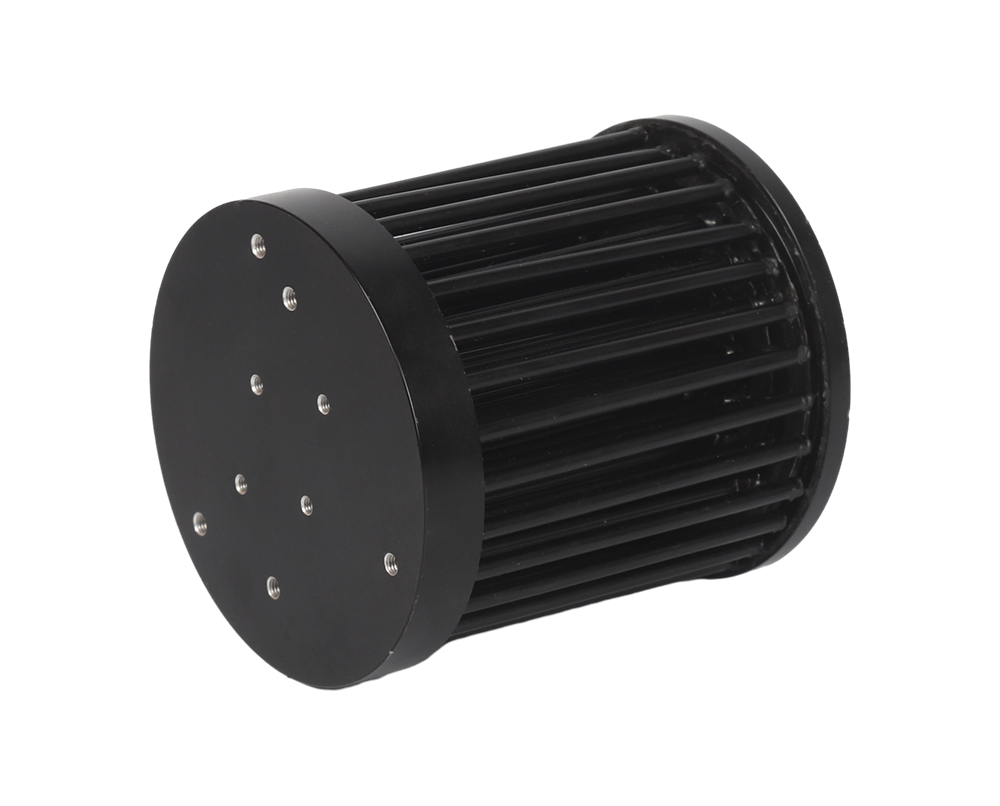2024-06-05 hits:0 source:corten steel fabricators

It is very normal for problems to occur in the production process of aluminum alloy die-casting parts. Therefore, whether problems can be effectively solved is a test of the technology of an aluminum alloy die-casting factory. Today, I will share with you the solutions to the deformation problem of aluminum alloy die-casting parts!
The occurrence of deformation, bending, and twisting in aluminum alloy die-casting parts is mainly due to certain defects in the design of aluminum alloy die-casting molds, and the failure to pay attention to details in the die-casting production process can also occur. Therefore, to change the occurrence of deformation problems in die-casting parts, two aspects need to be improved: one is the design of die-casting molds, and the other is to pay attention to the pressure duration and mold temperature during die-casting processing.
In terms of die-casting molds:
(1) The thickness and quality of aluminum alloy die castings should be uniform.
(2) The design of the cooling system should ensure that the temperature of each part of the mold cavity is uniform, and the pouring system should make the material flow symmetrical to avoid warping caused by different flow directions and shrinkage rates. The diversion and main channels of the difficult to form parts should be appropriately thickened to eliminate density, pressure, and temperature differences in the mold cavity as much as possible.
(3) The transition zone and corners of aluminum alloy die castings should be smooth enough and have good demolding performance, such as increasing demolding allowance, improving mold surface polishing, and maintaining balance in the ejection system.
(4) The exhaust should be good.
(5) Increase the wall thickness or increase the anti warping direction of aluminum alloy die castings, and enhance the anti warping ability of aluminum alloy die castings by strengthening ribs.
(6) The material used in the mold has insufficient strength.
2. In terms of processing:
(1) The injection pressure is too high, the holding time is too long, and the melting temperature is too low and the speed is too fast, which can cause an increase in internal stress and result in warping deformation.
(2) The temperature of the die-casting mold is too high and the cooling time is too short, which causes the aluminum alloy die-casting parts to overheat and experience ejection deformation during demolding.
(3) Reduce screw speed and back pressure to reduce density while maintaining the minimum filling amount to limit the generation of internal stress.
Read recommendations:
precision stamping distributors
deep draw stamping suppliers.Dents on Defects in Aluminum Alloy Die Castings
